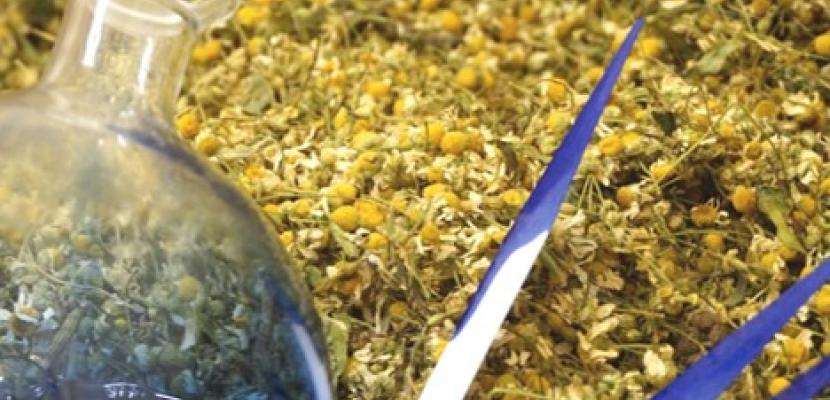
Essential oil distillation waste streams as a source of sustainable plant-based repellent products

About this good practice
In organic farming use of chemical pesticides is prohibited, therefore there is a need to find other means for insect control. Currently, there is a growing concern about the health and environmental risks caused by the pesticides. Medicinal and aromatic plant essential oil distillation process creates a large amount of by-products but the potential is not yet fully researched.
Practice includes following activities:
• Development of plant-based insect repellent product that includes chemical evaluation and characterization of essential oil distillation process by-products – pine, chamomile and caraway extracts.
• Testing of plant-based insect repellent in laboratory to determine the effects on green peach aphid, greenhouse whitefly and cabbage butterfly.
• Insect repellent testing in the laboratory on cucumber and cabbage plants.
• Development of product prototype for organic and conventional farming with agricultural insect repellent activity against green peach aphid, greenhouse whitefly and cabbage butterfly.
• Knowledge transfer to the general public, the scientific community and practitioners.
Main stakeholders of project are Institute for Environmental Solutions and SIA ‘Field and Forest”’
Resources for project were allocated by European Regional Development Fund and private partners.
Main beneficiaries are organic and conventional farmers as a new environmentally friendly insect repellent will be available on the market.
Resources needed
Funding - 695 993.04 EUR
The particular GP is not the sole activity carried out by involved parties.
The ERDF project included the R&D stage. Up to 10 persons (part-time) were involved in the R&D process. To further maintain the practice at the current scale, 5–6 people are needed.
Evidence of success
Repellence of the distillation byproduct extracts was tested.
A prototype universal repellent formula containing distillation byproduct extracts was created and tested on insects via olfactomertic tests.
Allelophaty tests of the repellent formula were carried out on target plants. https://www-mdpi-com.translate.goog/2077-0472/13/5/1019?_x_tr_sl=en&_x_…)
The formula of the universal repellent is under improvement. https://www.mdpi.com/2075-4450/14/11/876
Potential for learning or transfer
Many different medicinal and aromatic plant species are cultivated across Europe - the species in e.g. Italy differ immensely from those cultivated in Latvia. These plants contain unique chemical compounds with different repellence properties who can be used on various types of crops. While the workflow of the leftover biomass treatment, extraction, product formulation and testing may not be replicable 1:1, having gone through the R&D cycle, the Institute for Environmental Solutions could provide tips for setting up similar production streams.
Further information
Website
Good practice owner
You can contact the good practice owner below for more detailed information.